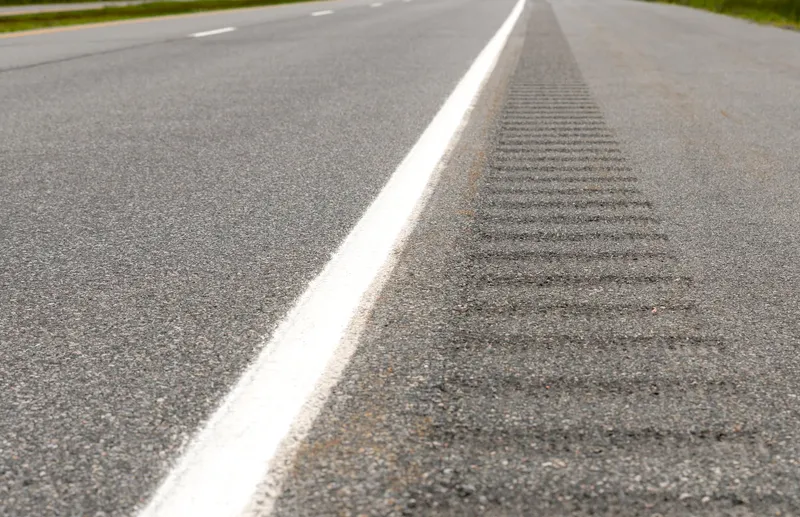
Australia's minister for roads and road safety, Ben Carroll, has announced a $7 million rumble strip programme to reduce serious crashes in Melbourne's outer suburbs.
The programme will involve the deployment of rumble strip line marking on around 400km of high-speed roads, including Maroondah Highway, Warburton Highway and Plenty Road.
A statement issued on the Victoria State Government's website says the audio tactile strips alert drivers when they are moving out of their lane by making a ‘rumbling’ sound and causing the vehicle to vibrate when driven over.
Carroll says: “We know rumble strips on high-speed roads help save lives by preventing run-off road and head-on crashes, which is exactly why we’re installing them across Melbourne’s outer suburbs.”
“We’ve worked closely with local councils to identify roads that would be made safer with rumble strips and we appreciate the patience of the local community as we deliver this vital programme,” he adds.
The tactile strips will be at least 300mm from the edge of the sealed road to ensure safe journeys for all road users, including cyclists.
It is part of a $1.4 billion package from Victoria's Andrews Labor Government to reduce road trauma, carried out in partnership with the Department of Transport and the Transport Accident Commission.
To minimise noise impacts, the rumble strips will not be installed closer than 150m to residential properties.
Crews will aim to install the rumble strips through the night to help minimise disruption on busy roads.
The rollout is expected to be complete by August next year.








